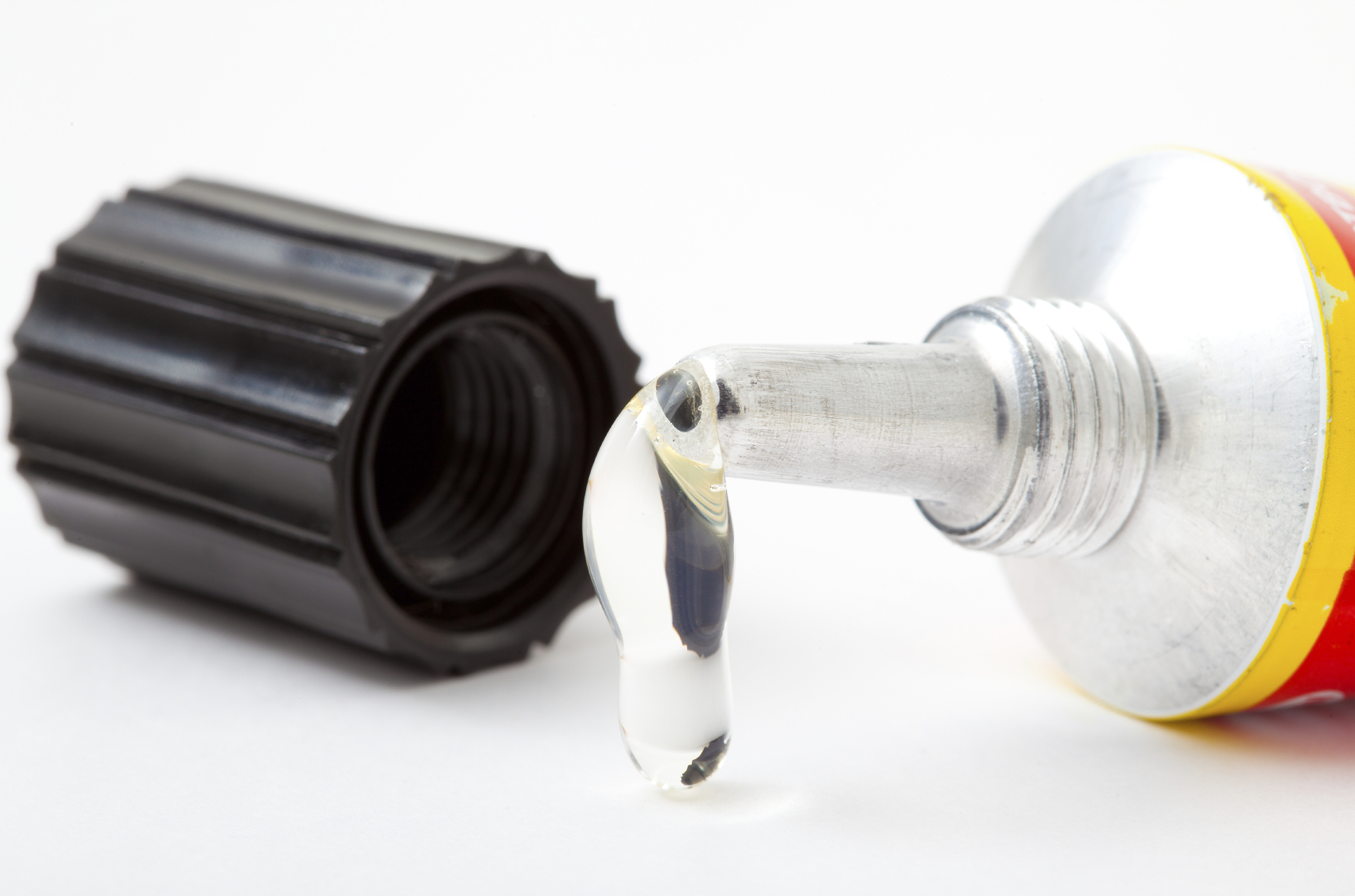
Adhesives
First and Latest

631 views
0 likes
You will need to sign in before you can comment or like.
The History
The earliest (human) applications of adhesives can be seen in the form of birch bark tar joining wood to a stone head, in early Neanderthal tools of 200,000 years ago in Italy. A slightly advanced gum appeared 70,000 years ago in Africa, where plan gum was mixed with red ochre to increase strength.
 Further applications could be seen in resins joining broken tribal pots, bituminous cements in Babylonian statues, pitch (heated tar) to connect metal heads to wooden handles. Egyptian paintings depict wood gluing procedures. They used casein based glues, starch based pastes, and calcified gypsum cement. Use of beeswax sealants and laminations in ship building were also detrimental in sea wars. The Romans and Greeks further extended the art of adhesive making in making monuments, mixing slaked lime with volcanic ash, sand, as mortar and cement. Certain varieties of cement in Roman harbours have proved to be stronger and more water resistant than modern commercial cement.
Further applications could be seen in resins joining broken tribal pots, bituminous cements in Babylonian statues, pitch (heated tar) to connect metal heads to wooden handles. Egyptian paintings depict wood gluing procedures. They used casein based glues, starch based pastes, and calcified gypsum cement. Use of beeswax sealants and laminations in ship building were also detrimental in sea wars. The Romans and Greeks further extended the art of adhesive making in making monuments, mixing slaked lime with volcanic ash, sand, as mortar and cement. Certain varieties of cement in Roman harbours have proved to be stronger and more water resistant than modern commercial cement.
Commercialisation of adhesives started well from the seventeenth century, with the opening of various industries across Europe. The requirement of rubber-metal adhesives drastically increased with the automobile industry. This also gave rise to synthetic glues in the forms of thermoplastics and acids. Another sticky revolution took place in 1925 with the invention of pressure sensitive tapes. The demand of glues boomed in the World Wars. However, natural adhesives are still prevalent because to their relative cheapness.
The Working
Nearly all adhesives require two types of forces to become sticky, namely adhesive and cohesive forces.
Adhesive forces help in sticking the glue to the adherent (the object to be glued) and cohesive forces help in sticking the glue to itself, the attractive force between molecules of the adhesive.
Cohesive bonding basically occurs due to slight electrostatic charges of the molecules.
Both cohesive and adhesive forces are important in sticking.
A good example is that water can act as an adhesive and stick paper, but the paper can be peeled of easily because of lack of proper cohesive forces.
Metals usually have high cohesive forces but no adhesive ones, which makes them useless as glues.
There are four widely accepted theories on how adhesives stick, the final answer being largely dependent upon the type of the glue and the nature of the adherents.
Adsorption:
In this process, the adhesive spreads onto the surface of the adherents and generate Van Der Waals forces (weak electrostatic forces) that stick them together.
Mechanical:
The adhesive holds the adherents by surface irregularities, like a mountaineer holds onto a cliff face. The presence of a solvent in some glues prevent it from sticking to its container.
Diffusion:
Molecules of the adhesive get into the adherent and vice versa, this molecular swapping creates bonds. Glues are essential for not only humans.
Chemisorption:
Obvious from the name, the adhesive chemically reacts with the adherent to form very strong bonds.
A bacterium (Caulobacter crescentus for those further interested) generates one of the strongest glues in the world which can stick 5 tons of weight through just one inch, a minuscule amount being enough to lift entire vehicles.
The Types
Different types of adhesives bond stuff in different ways. Some common types of adhesives are -
Pressure sensitive: The most common example being tapes, this type of adhesive has and adherent and adhesive as its components and the adhesive being effective on application of pressure.
Contact: Usually rubber and neoprene is used for strong permanent bonds, in which the adhesive undergoes strain crystallization and molecules of the adhesive rearrange in stronger patterns.
 Drying: Glues that harden and bond after the solvent evaporates, include solvent based adhesives like white and yellow glues and polymer dispersion adhesives used in fabric and packaging industries.
Drying: Glues that harden and bond after the solvent evaporates, include solvent based adhesives like white and yellow glues and polymer dispersion adhesives used in fabric and packaging industries.
Hot: Solid thermoplastics are liquefied and used as adhesive, which cools on to the surface. Glue guns which use ethylene vinyl acetates as the adhesives are popular in the form of glue guns.
Multi-part: Usually composed of two components which work as an adhesive only upon mixing used in pipelines and other mechanical applications.
PMF: Common in military applications, these glues are pre-frozen, deaerated and mixed.
Which type of glues are the strongest? Research and mail us with examples to win a special mention in the next issue.
Comments